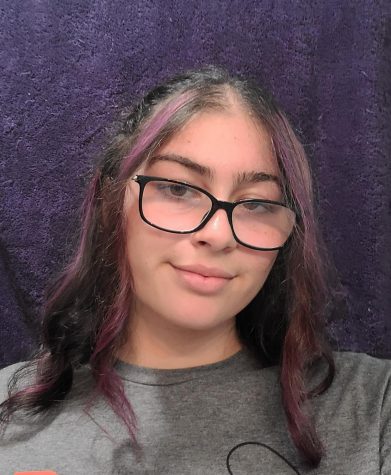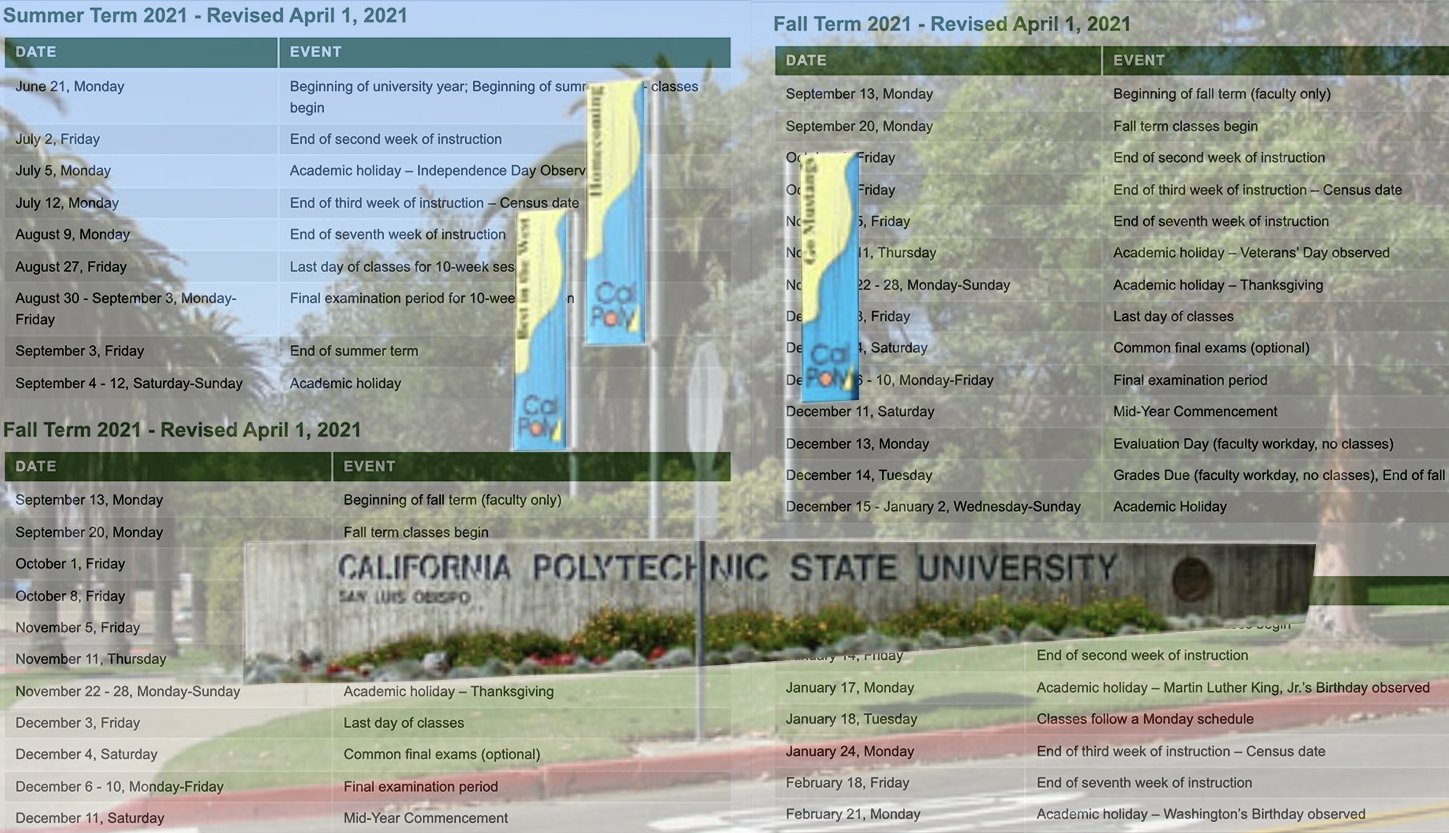



CSU Chancellor Joseph Castro sent Cal Poly SLO a request to fully transition to the semester system by the 2025-2026 academic year
Nov 30, 2021
A college campus that incorporates nature and hiking trails was appealing to Josh Rodriguez when applying for colleges.
Additionally, the availability of the quarter system was key in his decision to attend Cal Poly San Luis Obispo — since it offers more breadth of classes — making last month’s announcement that it would be transitioning to the semester system disappointing to him.
Rodriguez is worried that the transition will be tough for the students attending Cal Poly SLO and wishes that students had the choice of attending a CSU with the quarter system.
“Because all the other Cal States were semester, they don’t really get a choice of the type of pace,” Rodriguez said. “I’m not the biggest fan of it, but I can understand why the Cal State system wants it so it’s the same across the board.”
On Oct. 13, Cal State University Chancellor Joseph I Castro announced that the university would be switching to the semester system, making it the last school in the California State University system to do so. The switch is slated to begin in Fall of 2022 and is expected to be completed by the 2025-26 academic year, according to Cal Poly Academic Affairs.
Rodriguez appreciates the shorter turnaround in the quarter system and enjoys being able to take more courses in a year. Though he likes the idea of getting to know classmates and professors more throughout a semester, he said he feels like the semester system may lead to students getting stuck in classes they don’t like for longer periods of time.
Castro said in a letter to Cal Poly SLO that he hoped the transition would add focus to equity issues, enhance student success and allow better efficiency.
Alexander Zarcoff, an SF State student majoring in ecology, also thinks there are pros and cons to the semester system, but prefers it to the experience he had in a hybrid quarter system in high school.
“I think having a good amount of time to complete the coursework is better,” Zarcoff said. “It gives you more time to mess up if you don’t know what you’re doing. But it also gives you more time to recover from that, get your grades back up. And I think that’s very helpful.”
According to the SF State University Archives, earliest records of the university’s use of the semester system likely dates prior to 1906. However, such records do not exist, as SF State librarian Meredith Eliassen said it is likely they were destroyed with other university records in the 1906 San Francisco Earthquake.
Semesters are two 16-week periods in the Spring and Fall in contrast to quarters, which are four 10-11 week-long periods. Some benefits of the quarter system include faster completion of courses and more frequent breaks while some benefits of the semester system include more time with individuals, more time to study and longer breaks in the summer and winter.
Five CSUs have made the transition to semesters in the past decade: CSU Bakersfield, CSU Los Angeles, CSU East Bay, Cal Poly Pomona and CSU San Bernardino, which made the transition most recently, in 2020.
In the 1980s, roughly 75% of colleges and universities in America used the semester system. Now, that number is approximately 90%.
Office of the Chancellor Public Affairs Manager Hazel Kelly said that since 113 of 116 community colleges in California are on the semester system, it is easier for most students to transfer to CSUs.
“Having all CSUs on the same calendar as the community colleges allows for smoother transfer opportunities for many California students, making it more equitable,” Kelly said in an email. “In addition, many CSU students also transfer within the CSU campuses, so aligned academic terms also helps their transfer process.”
Kelly added that many internships and study abroad opportunities begin in late May, while quarters often end in mid-June, putting students in the quarter system at a disadvantage for those opportunities.
According to Kelly, having all CSUs on the semester system can lead to greater academic efficiency. She stated that one example of this is that schools on the quarter system “may have to do registration, report cards and course catalogs three times each year instead of two.”
Dawn Janke, director of the Writing and Rhetoric Center at Cal Poly SLO, said there have been a lot of benefits from staying in the quarter system, but is optimistic about the transition to the semester system.
“In the semester system, you have a bit more time as an educator to engage deeply with material,” she said. “And I think that’s true as a learner as well. You have more time to adjust to challenging concepts and develop strategies to learn the material in a longer span of time.”
Janke said the value in the quarter system is the breadth of classes available to students and that they can take more courses than students in the semester system.
In a letter to the Cal Poly SLO campus, Academic Affairs stated how the process will begin. The remainder of this academic year and next summer will be used to gather data from the other CSUs to find what worked and what didn’t in the transition process to help create a plan moving forward.


Neal Wong • Feb 13, 2024 at 9:57 am
Quarters are superior